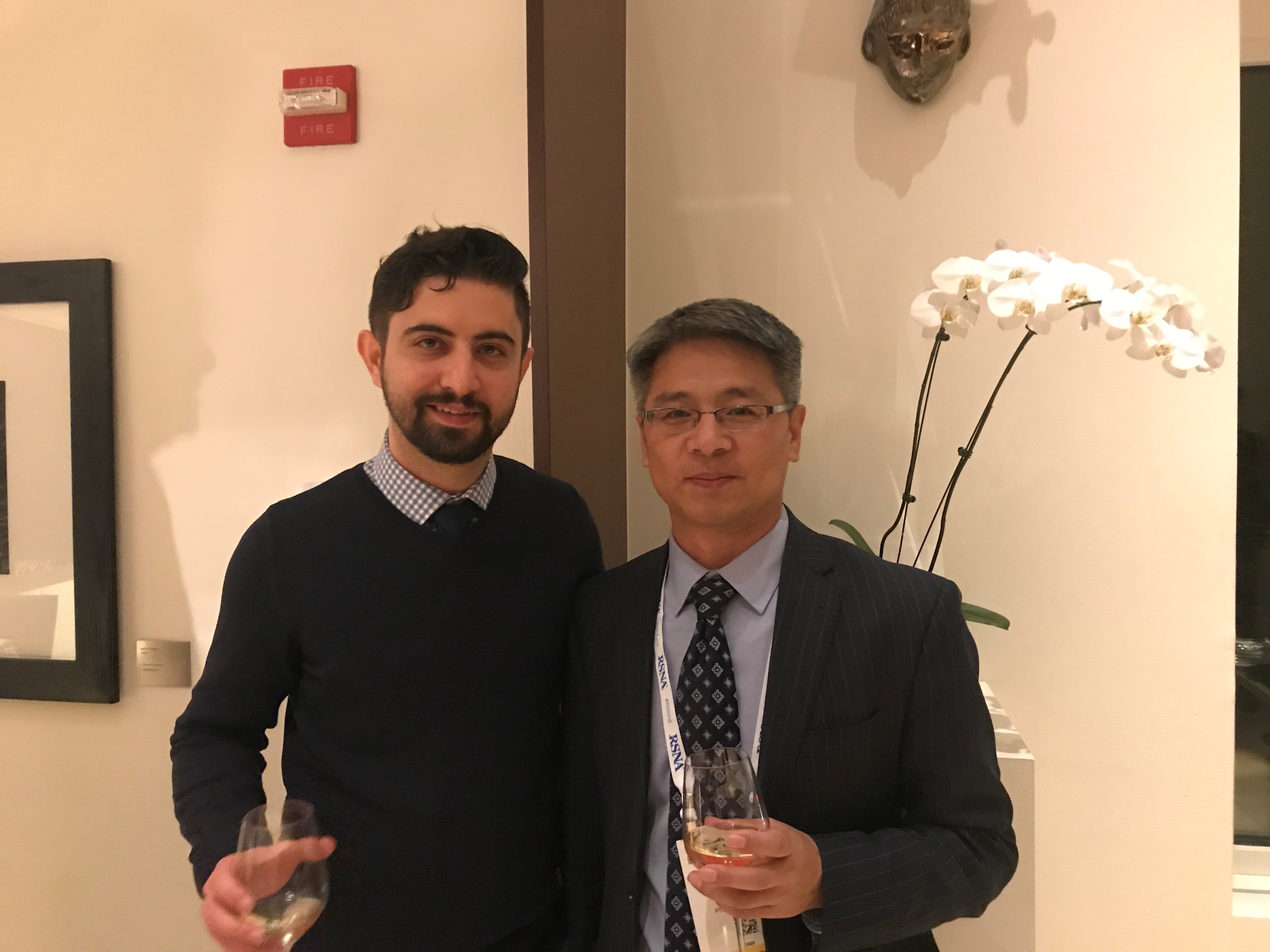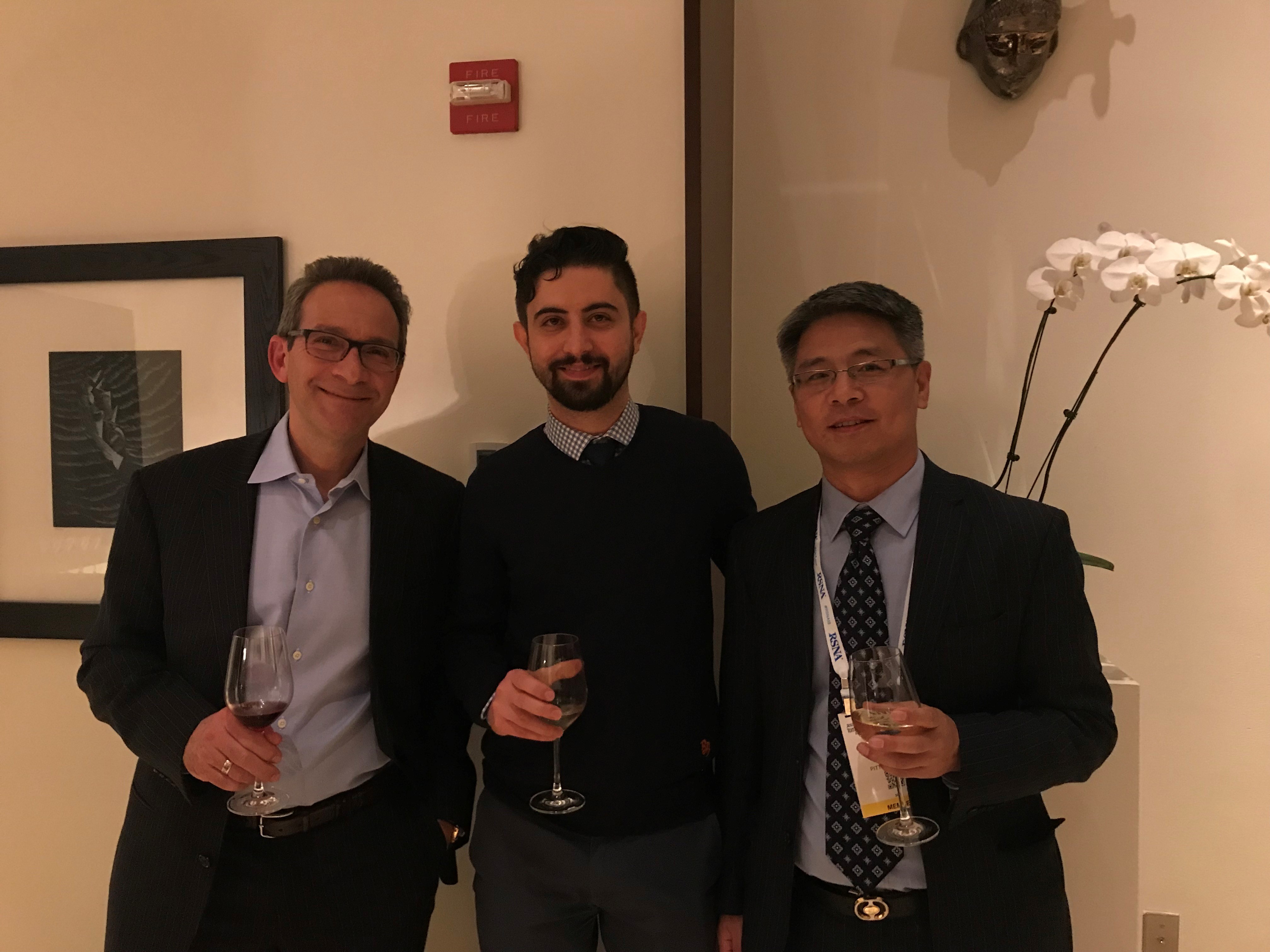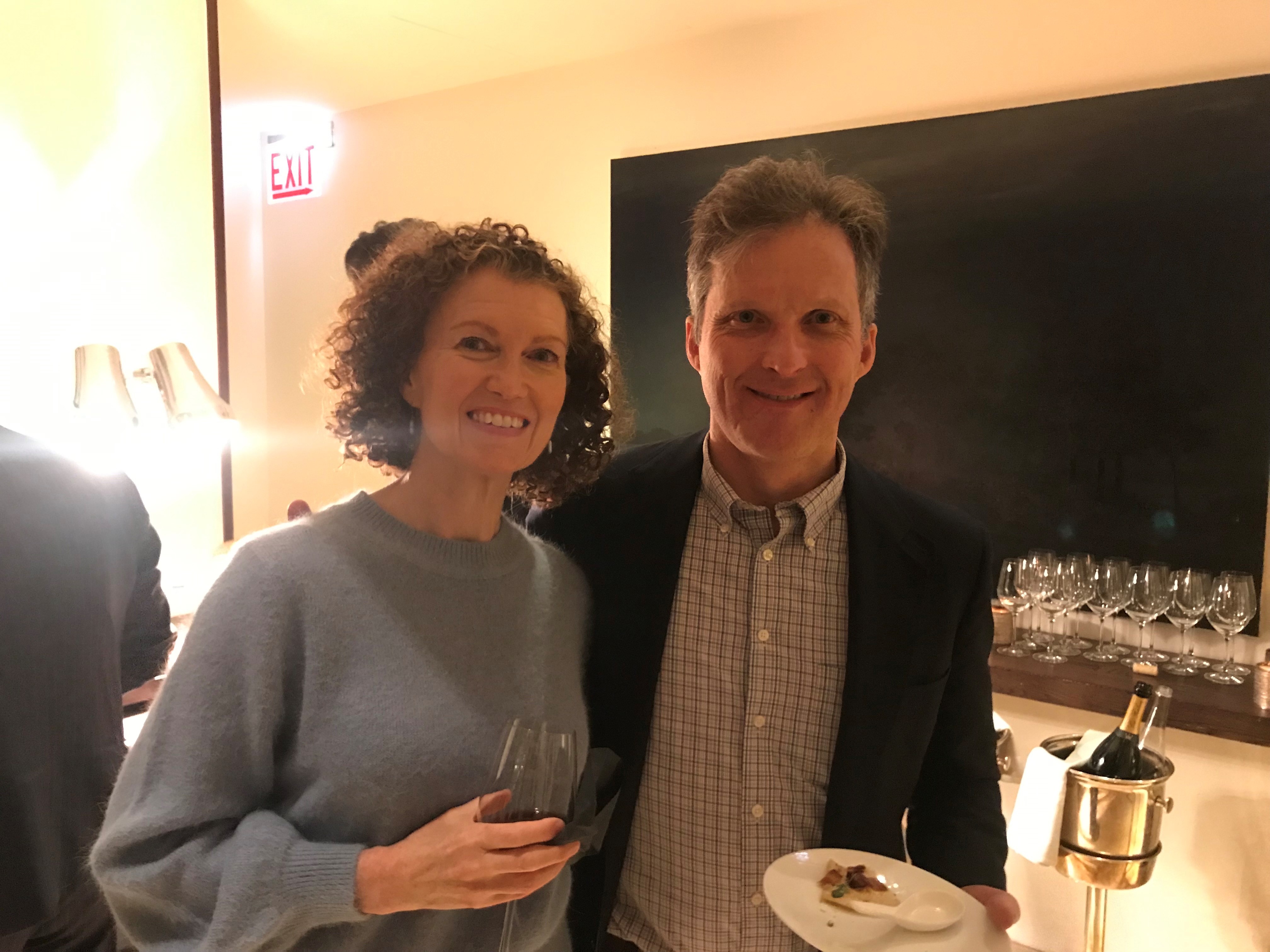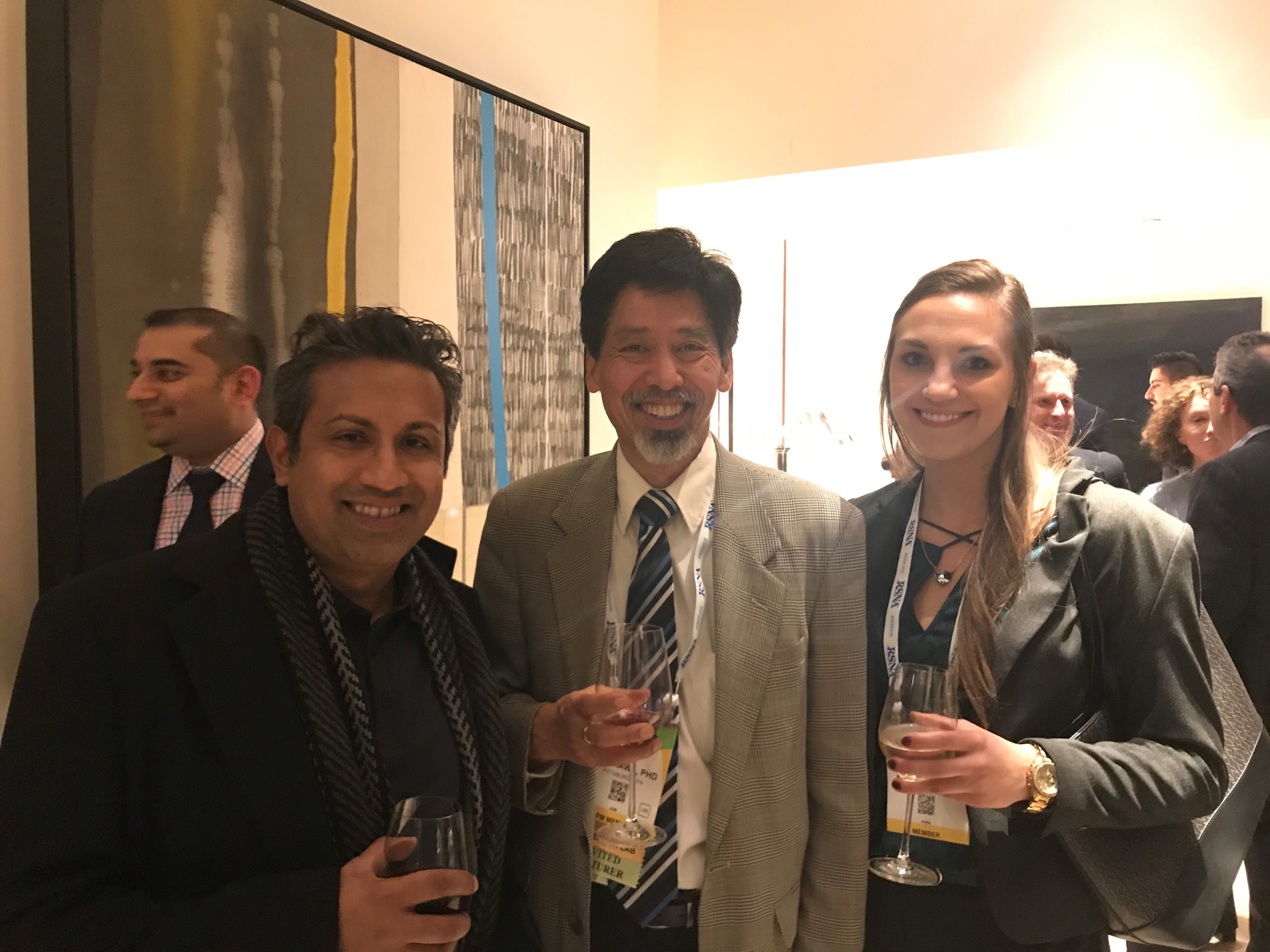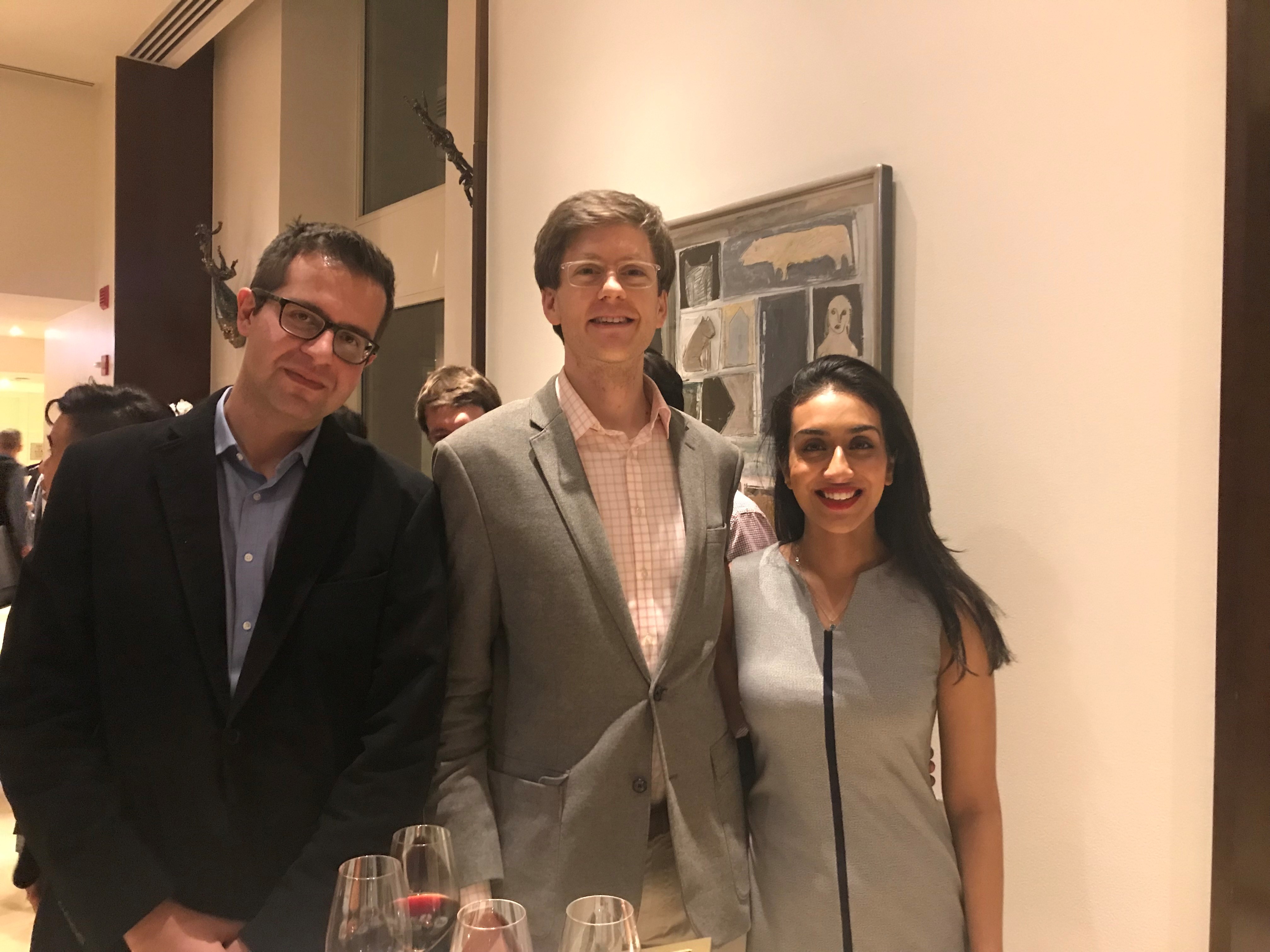Alumni: News
Congratulations to Dr. Hogg who was recognized with the WVU School of Medicine Senior Distinguished Teacher Award.
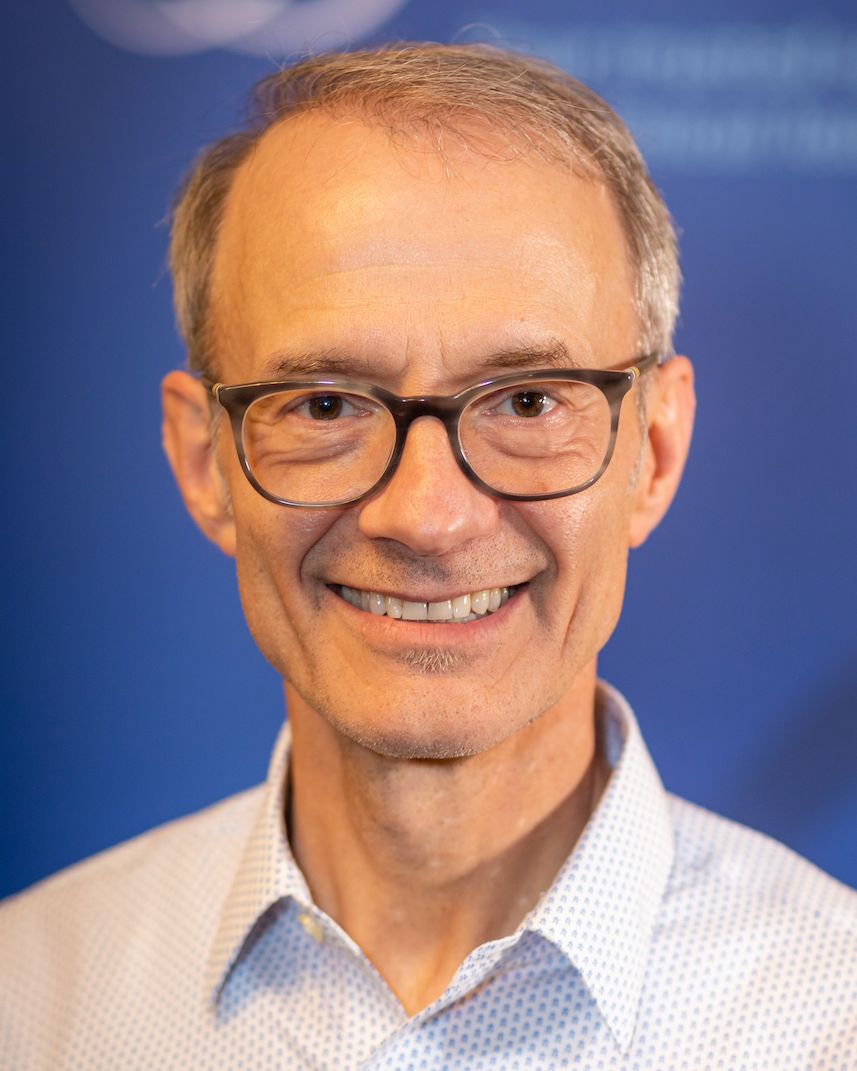 Jeffery Paul Hogg, (WVU MD Class of 1983) was awarded the West Virginia University School of Medicine Distinguished Teacher Award, Senior Level on May 13, 2021. The award is determined by a committee of faculty and students from the school. The award recognizes and rewards exceptional teaching and/or innovation in teaching methods, course and curriculum design, and instructional tools. Dr. Hogg is Professor Emeritus of Radiology at WVU. He is also currently Senior Course Director and Editor-in-Chief for Aquifer Radiology, an online radiology course for medical students used in over 100 US medical schools and produced by Aquifer, a nonprofit consortium of educators.
Jeffery Paul Hogg, (WVU MD Class of 1983) was awarded the West Virginia University School of Medicine Distinguished Teacher Award, Senior Level on May 13, 2021. The award is determined by a committee of faculty and students from the school. The award recognizes and rewards exceptional teaching and/or innovation in teaching methods, course and curriculum design, and instructional tools. Dr. Hogg is Professor Emeritus of Radiology at WVU. He is also currently Senior Course Director and Editor-in-Chief for Aquifer Radiology, an online radiology course for medical students used in over 100 US medical schools and produced by Aquifer, a nonprofit consortium of educators.
Visit West Virginia University's School of Medicine website https://medicine.hsc.wvu.edu/md-student-services/awards/distinguished-teacher-award/ for detail information.
Q&A with Paula Novelli, MD
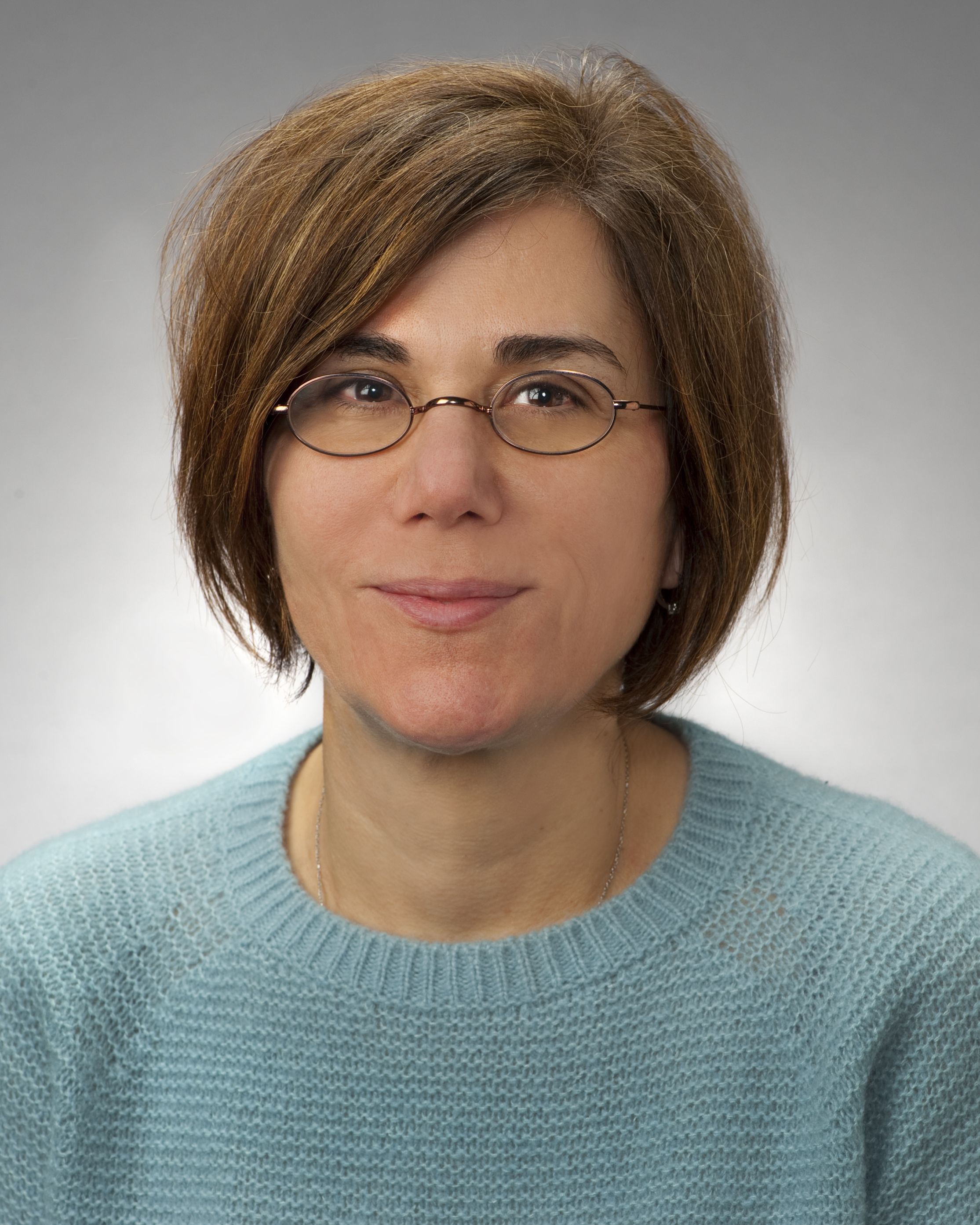 Q: I saw the article about your treatment of pancreatic cancer, can you tell me a little bit about your research?
Q: I saw the article about your treatment of pancreatic cancer, can you tell me a little bit about your research?
A: Yes, I became involved with our pancreatic biliary surgical colleagues in an industry supported clinical trial for locally advanced pancreatic cancer using a novel transarterial technique. I saw an opportunity to expand the role of this technique to develop a novel treatment for bile duct cancer (perihilar cholangiocarcinoma). Having a good working relationship with industry is vital to developing new treatment approaches –really supporting an unmet yet vital need. The cancers we are focusing on receive less nonprofit funding dollars than others. For example, breast cancer receives more than $460,000,000 in nonprofit funding for research while liver and pancreatic cancers only receive around $5,800,000. I see this as a reason for us to do our part to somehow find ways to support the treatment strategies for these other cancers.
Catheter based therapy for primary and metastatic liver cancer has been used for decades by interventional radiologists, but this technique has never been an option for treating locally advanced pancreas and bile duct cancers because the anatomy and tumor environment is very different. I recognized that we could tweak the catheter and approach to pancreatic cancer for bile duct cancer based on my understanding of both the vascular anatomy and the tolerance of the bile duct to interventions I already provide. This kind of treatment for bile duct cancer is a truly unmet need. I consider Interventional oncology as the 4th pillar of cancer treatment along with surgical oncology, medical oncology, and radiation oncology. As one of the treatment pillars we as interventional radiologists move well beyond a supportive or palliative role for oncology patients. We take on a vital new role in treatment strategies.
We’ll be approaching the FDA soon to move forward with our multi-site study to use the catheter to target treatment for bile duct cancer. This study will also impact treatment strategies for this patient population for our liver transplant surgeons, surgical, and medical oncologist which is a win/win for everyone. It’s especially a win for interventional radiology as oncology trials are rarely led or developed by a radiologist. We’ve been really encouraged by the treatment so far in our pancreatic cancer patients and this is fully supported by our colleagues representing the other pillars of cancer treatment. Strong working relationships within the hospital system and with industry make this possible.
Q: Could you tell me more about why this research is so important?
A: Cholangiocarcinoma is a disease with an exceptionally poor prognosis. In patients unresectable CCA overall survival is about 12% using available first- and second-line available treatment options. Thus far the role of Interventional Radiology has been supportive in nature for this type of cancer. We worked on diagnosing patients and we’ve helped with palliative care, but it’s only been recently that we’ve been an active part of the treatment team. As I mentioned before, there are fewer silos now among the medical, surgical, and radiation oncologists. We are all a part of the treatment team. I think that we as interventional radiologists can collaborate much more now across the UPMC system. We have access to research coordinators and relationships with other researchers. We have medical students, residents and fellows working with us in different capacities. We’re collaborating with Hillman Cancer Center on treatment which will help patients in the long run. Having access to these additional resources are so important for our research and for the long-term survival of patients. Again, treatment silos are often not intentional -often they develop because other clinicians just aren’t as familiar with what we know just from our day-to-day work with the anatomy. We know what is possible and what may not be.
Q: What got you started down this research path?
A: During my residency rotations here at Pitt I became interested in the liver because we have had such an amazing history of treating hepato -biliary disease. I guess I’ve always been loyal to the liver and biliary tree.
Dr. John Feist
 Dr. John Feist, a renowned chest radiologist at the University of Pittsburgh for 40 years passed away peacefully in his adopted state of Vermont. John was one of the founding fathers of the Department of Radiology. He started his radiology career at the University of Pittsburgh in 1957 and he was key contributor to the department’s exponential growth. He memorialized those early success in a 1994 AJR article: http://radiology.pitt.edu/our-history.html. Dr. Feist was the interim Department Chair in the late 1960s and was the Director of Outpatient Radiology at the Falk Clinic in the early 1980s. He was a Fellow of the American College of Radiology and was a past President of the Pennsylvania Radiological Society. His close connections to the medical center, the department and close colleagues were paramount to him and he continued to be a model of dignity, grace, and intellectual curiosity after his retirement in 1997.
Dr. John Feist, a renowned chest radiologist at the University of Pittsburgh for 40 years passed away peacefully in his adopted state of Vermont. John was one of the founding fathers of the Department of Radiology. He started his radiology career at the University of Pittsburgh in 1957 and he was key contributor to the department’s exponential growth. He memorialized those early success in a 1994 AJR article: http://radiology.pitt.edu/our-history.html. Dr. Feist was the interim Department Chair in the late 1960s and was the Director of Outpatient Radiology at the Falk Clinic in the early 1980s. He was a Fellow of the American College of Radiology and was a past President of the Pennsylvania Radiological Society. His close connections to the medical center, the department and close colleagues were paramount to him and he continued to be a model of dignity, grace, and intellectual curiosity after his retirement in 1997.
Margie Brindle Visit to UPMC
Chairman, Jules Sumkin with Margie Brindle and Vice-Chairman Mitch Tublin. Margie was a long time fixture in the department and most of our former residents will remember her fondly. She was the coordinator for medical students for over 25 years and worked with Drs. Sandra Oldham, Ronald Hoy, and Carl Fuhrman. Margie will be 80 on June 29, 2019.
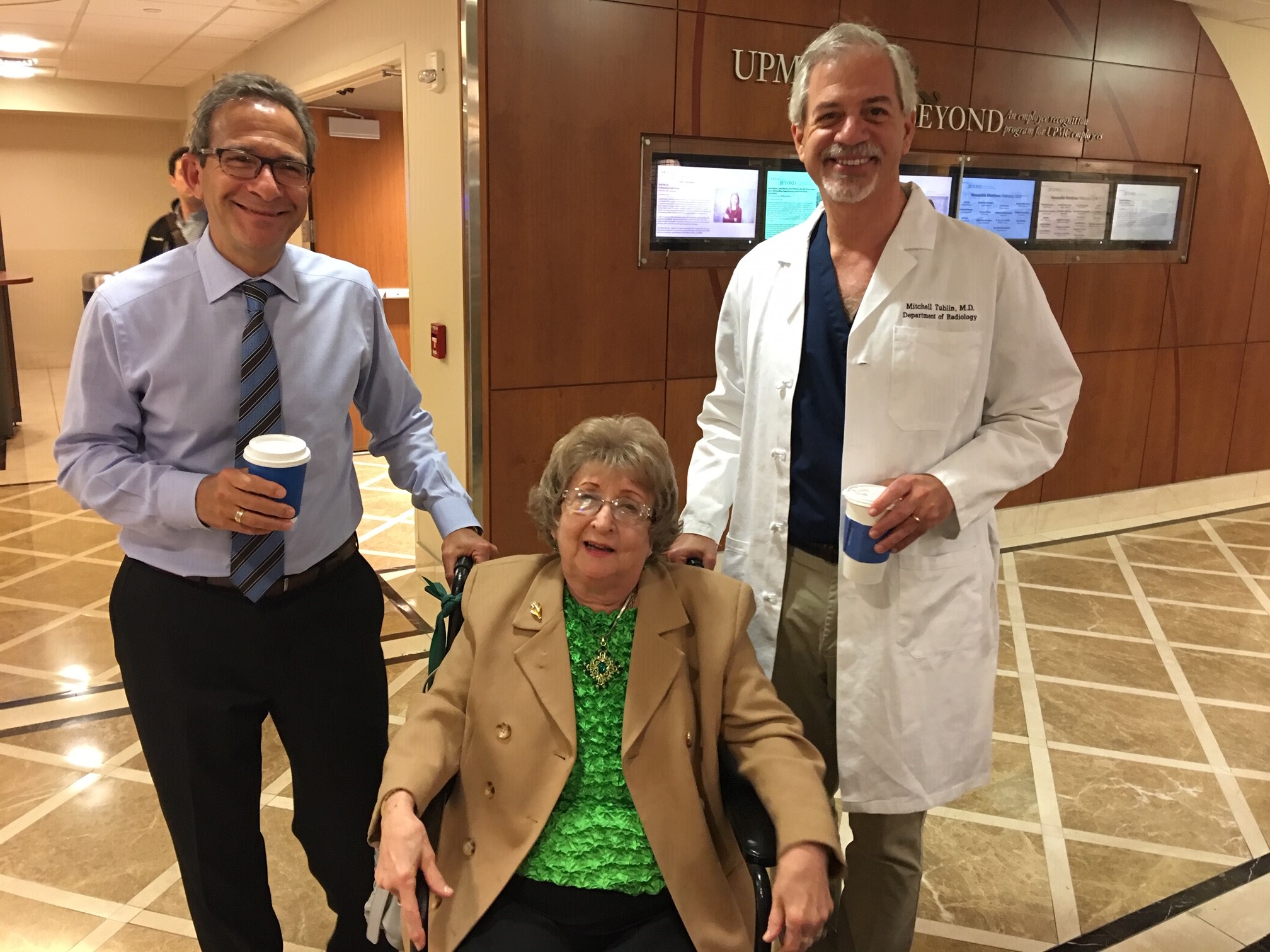
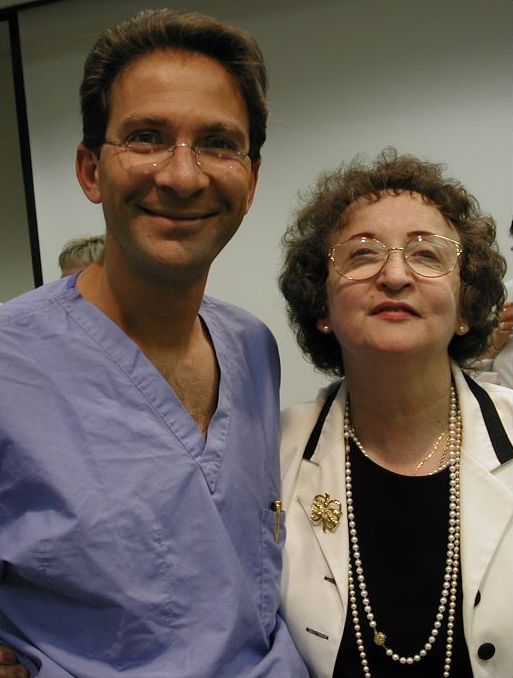
RSNA 2018: University of Pittsburgh School of Medicine, Department of Radiology
 UPMC RSNA Book 2018
UPMC RSNA Book 2018Once again, UPMC radiology was well represented at RSNA this year. Faculty and trainees gave 11 scientific sessions, prepared 4 educational exhibits and lectured in 9 refresher/educational courses. Dr. Rath chaired the RSNA Educational Exhibits Awards committee, and as track committee chairs, Drs. Tublin and Zuley assembled outstanding ultrasound and breast refresher course series. Faculty, trainees and many alumni again enjoyed a spectacular Tuesday night reception. The alumni network continues to expand, and it was great to again hear of the accomplishments of our many outstanding alumni.

